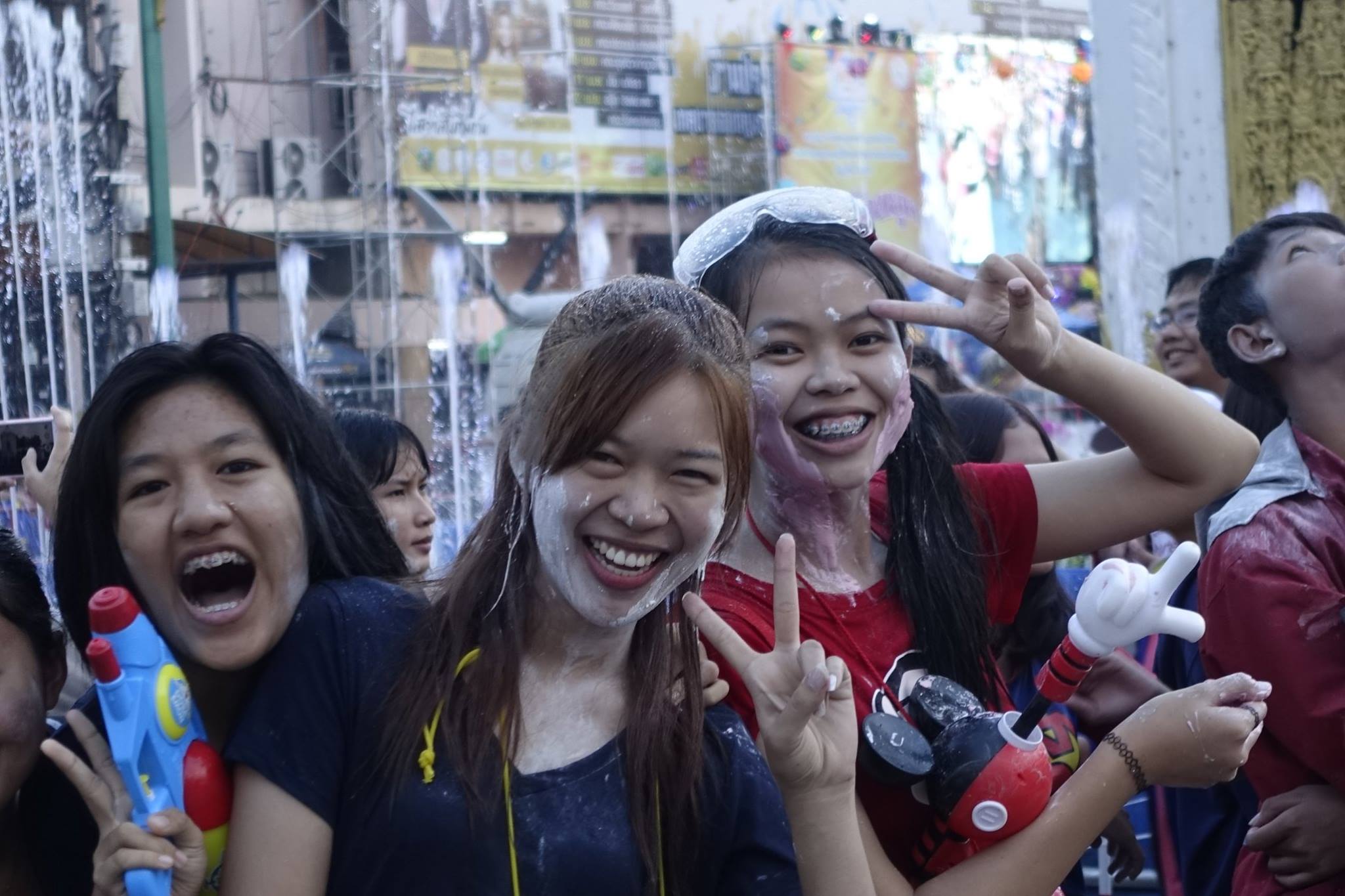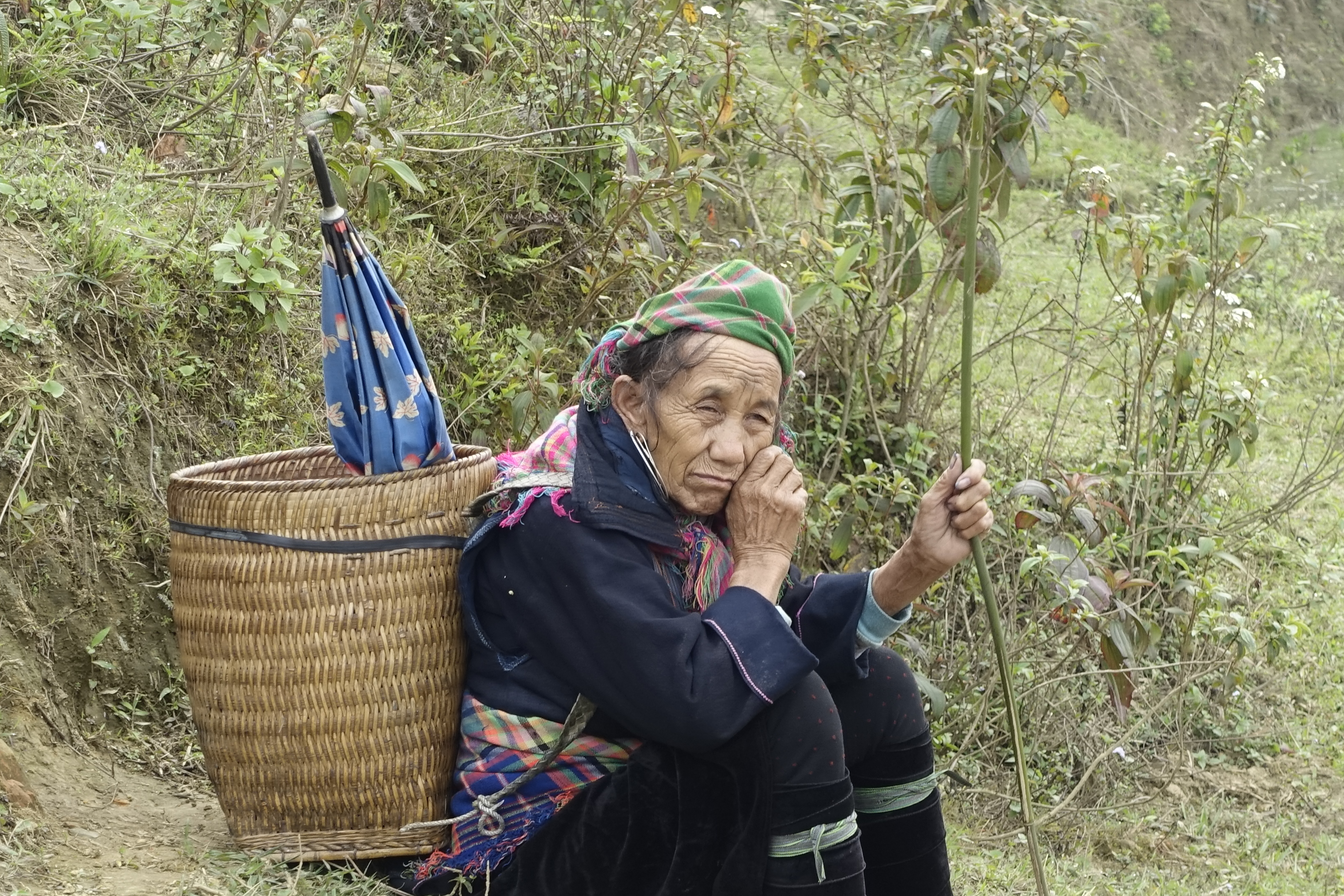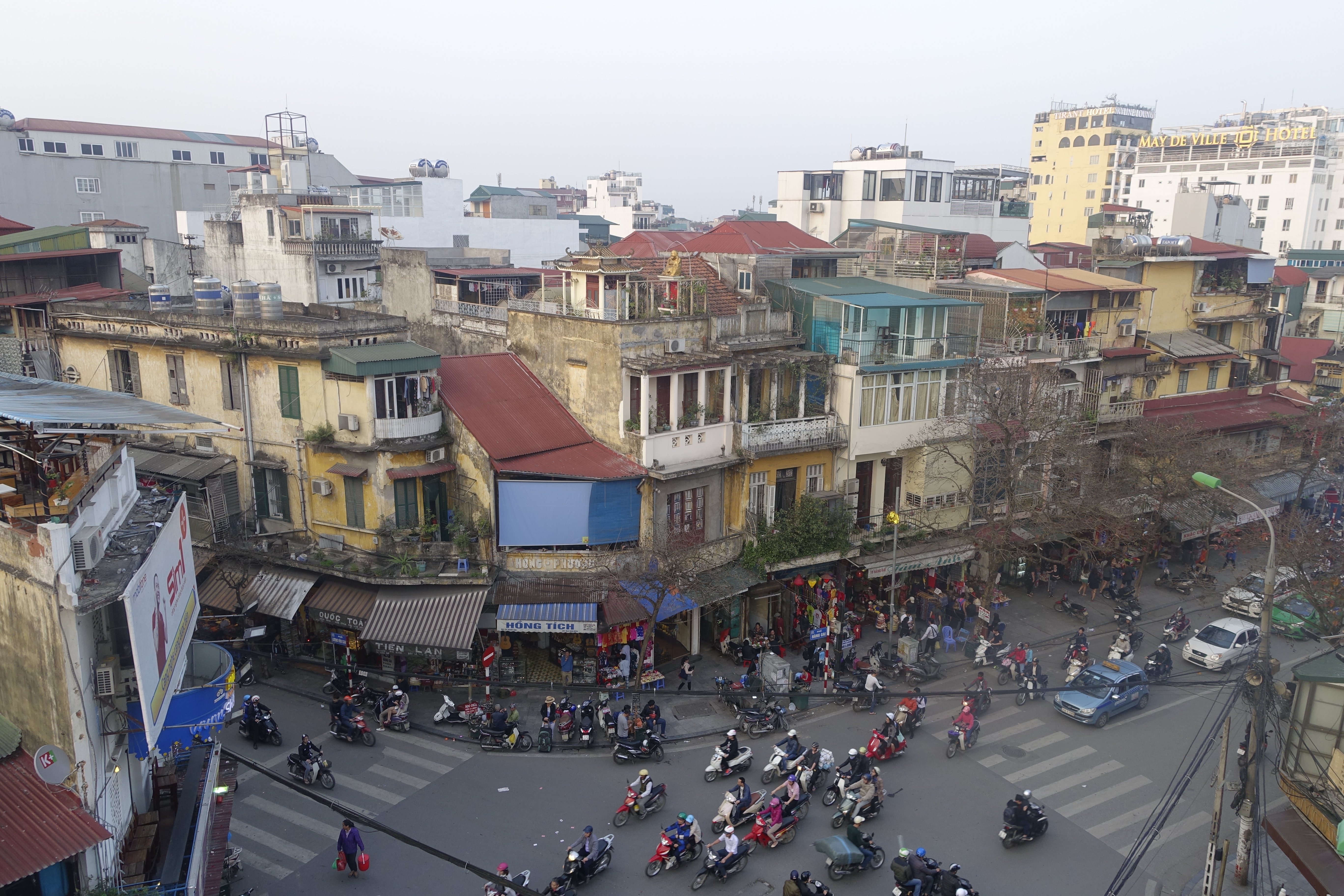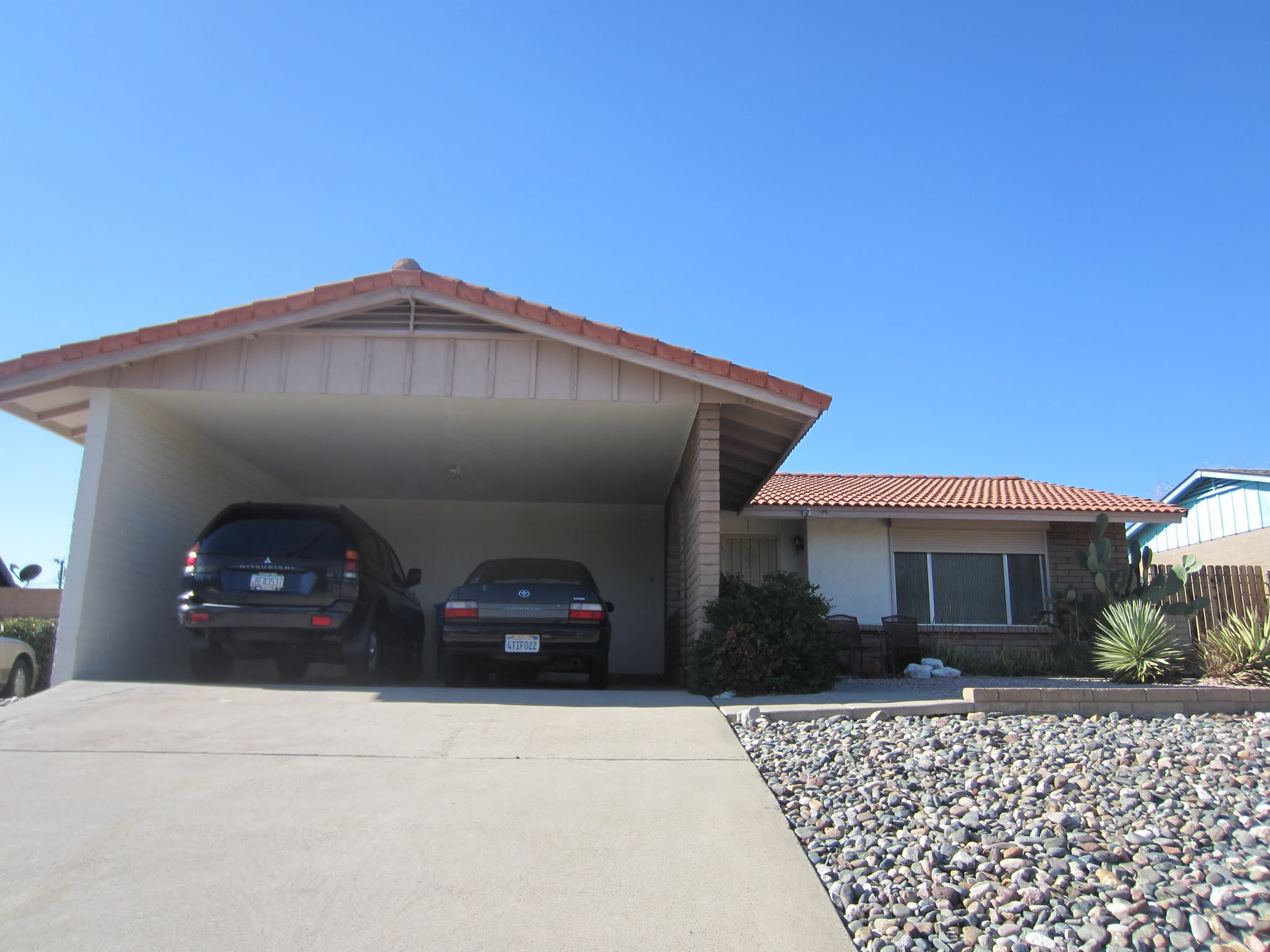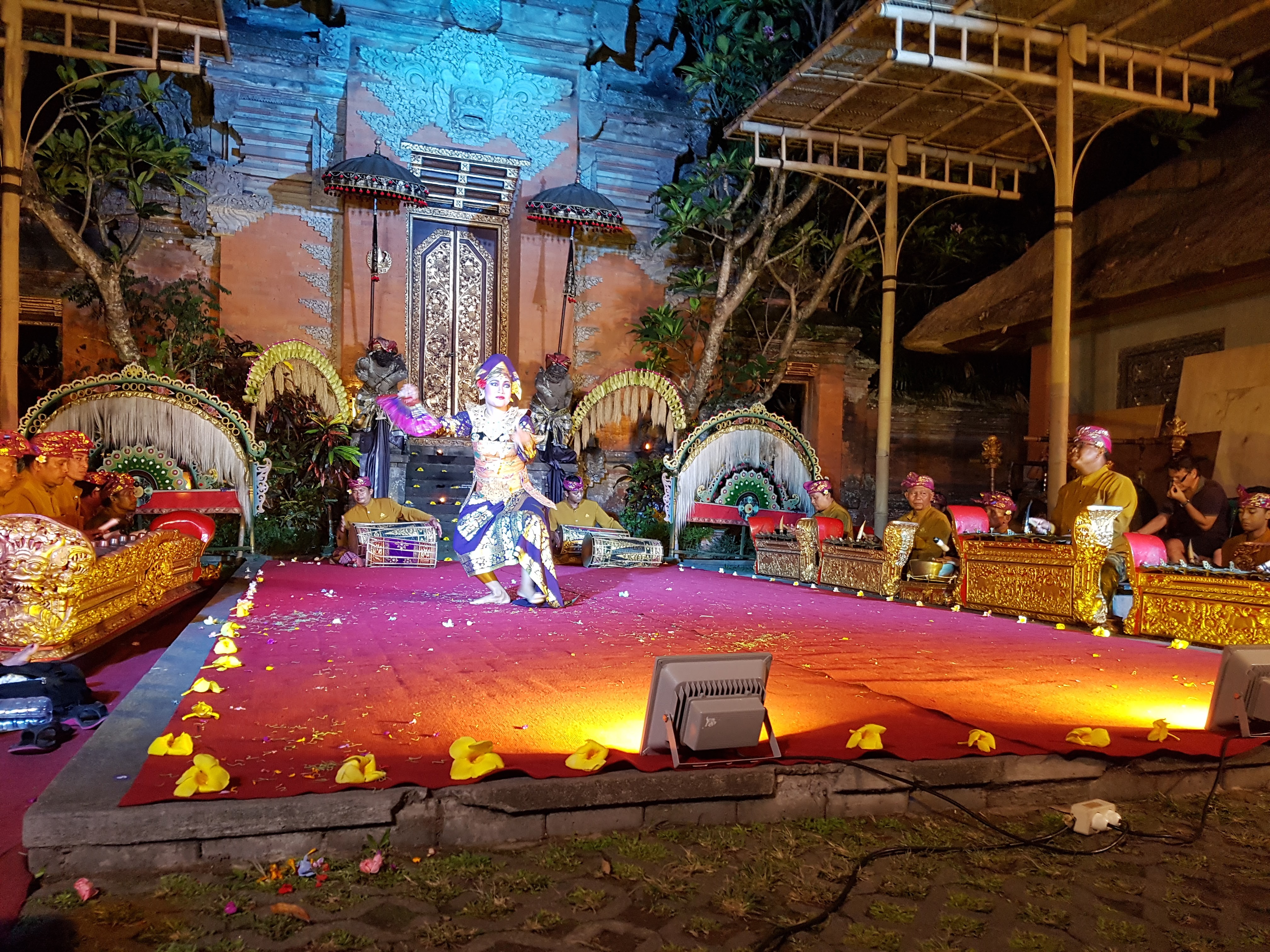Phoenix, Arizona, United States
After Songkran, I headed down to Phuket for Passover, and then on to Bali, both of which I’ve previously written about. The latter part of my trip to Bali with Leander involved renting a car and driving around the island on some terrible roads, first up to the mountains, then around to the beaches in the southwest, where the waves and rip currents are fierce and dangerous.
Tinderizing Jogja
Yogyakarta, pronounced Jogjakarta (photos), is known as the heart of Javanese culture. Leander and I decided to spend a few days there, but we had no idea that the day we were arriving was also a Muslim holiday that created a long weekend, drawing zillions of local visitors from nearby Jakarta. We were barely able to find a hotel room to share — two rooms at the same hotel was impossible by the time we looked — and the streets were swamped with giant crowds.
Overwhelmed by the sheer number of people, we put off hitting the major tourist attractions until the weekend was over. Instead, we pressed through the hordes on Malioboro, the main thoroughfare, and looked at Jogja’s endless batik shops. A friendly guy on the street lured us to a batik gallery with talk of a one-day art exhibition, and it was a scam of a sort, but the batik art was actually lovely, and I ended up buying several pieces, and then we went to lunch with a group of Koreans who’d been lured there in exactly the same way.
Unsure of what else to do with ourselves, we each got on Tinder and started looking for locals to meet. That might sound weird if you’ve only used Tinder in the West, and only as a tool for hooking up. In Asia, though, we’d both found it a useful way to meet local people socially. And, yeah, also to hook up. But the first thing was just to meet some people who could help us navigate the strange chaos we’d landed in.
We first met a young woman who was studying tourism at the local university, and she brought along a friend in a hijab. It was my first Tinder date that ever paused for a prayer break in a musholla. Later on, we went to the sprawling home of an older woman, a designer and descendant of the royal family of neighboring Solo, who introduced us to her flirty transgender friend in short-shorts, but didn’t introduce us to the white guy we saw wandering around in the back of her house. The whole scene had a weird vibe, like the parts of The Big Lebowski with Julianne Moore and her giggling friend — but not so weird that we didn’t go back the next night for dinner. After that, we connected with a hilarious young woman — another designer, this one a maker of leather handbags — who claimed to be from Neptune (not very seriously) and who told us about one of the oddest tourist attractions I visited in all of Southeast Asia.
Chicken Church
If you’re in Jogja, there are a couple sights in the surrounding area that are musts: Borobudur (photos), the world’s largest Buddhist temple, and Prambanan (photos), a spectacular Hindu temple complex, rich with gorgeous reliefs, that also serves as the backdrop for evening performances of the Ramayana Ballet.
And then there’s the Chicken Church, which just might be the worst building I’ve ever seen.
The Gereja Ayam, or Chicken Church (no relation to Church’s Chicken) is neither a chicken nor a church. It’s a multidenomenational prayer hall, meant to be in the shape of a dove. The whole thing is the mad vision of a local Muslim man, who spent years trying to get this thing built until his wife finally made him stop.
The unfinished building is a construction nightmare. The sections of the tail are all out of proportion, the concrete work is terrible, rebar sticks out at all kinds of random places. You can take rickety wooden stairs up to the inside of the head — views from the beak are spectacular — and then to the top of the head.
But it gets weirder.
For a long time it was abandoned, but when we arrived, there was a group of deaf mutes at work on the place. They directed us to the basement, a warren of terrifying cave rooms whose purpose was obscure. I read somewhere, though, that drug addicted teenagers had been taken to these cells for reprogramming, which sounds creepy as hell.
Enjoying Jogja
Once the crowds had gone back to their regular lives, Yogyakarta reverted to the sort of place that appeals to tourists from abroad. We spent our last couple of days exploring the town itself, with its many murals and Dutch colonial buildings, and soaking up gamelan performances at the palace.
Jogja is a quirky place that sees far fewer foreign tourists than, say, Bali. Groups of tiny women in hijabs kept wanting to take pictures with Leander, who’s tall and blond. The tourist shops sold T-shirts with puns only Indonesians would understand. And the smaller streets and alleyways were full of old homes and bird cages, which our Neptunian friend explained were popular because the local people enjoy birdsong.
I liked that Jogja felt like nowhere else I’d been: not mainland Southeast Asia, not Bali, not Malaysia. After Jogja, it was just Singapore, which I knew would be easy, and then a short stay in Bangkok. After many months of travel, Jogja was my final step into the unknown, and I’m glad I went, rounding things out with one last dose of disconcerting strangeness.
Bottles in bags
Jogja has, I think, dreams of becoming more than it is: a tech center, perhaps, or a global tourism destination. These goals seem quixotic under the circumstances. Tech centers tend not to get established in countries that don’t let in Israeli passports. And as for becoming an international tourist hub, well, their airport — and airport staff — need work.
As we entered the airport to fly back to Bali — Leander to stay a bit longer, myself to catch a flight to Singapore the next morning — the security staff at the baggage X-ray stopped Leander to ask if he was carrying any bottles. After some digging, he produced three flasks of cheap liquor, each picked up in a different country along his travels. The guards declared that he could only carry two with him. At that point, I stepped in and asked if I could take the third. No, I was told. It was only two bottles per party, not per person.
“Oh,” I said. “I understand. Enjoy!”
If you want to be a major tourist destination, you can’t be stealing liquor from people’s bags at the airport.


